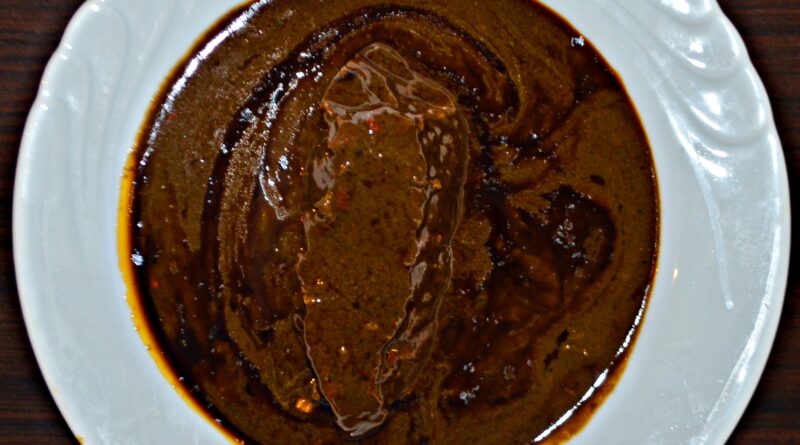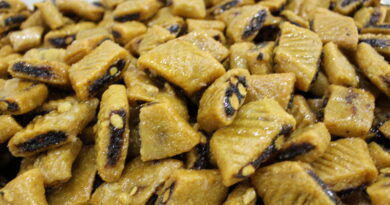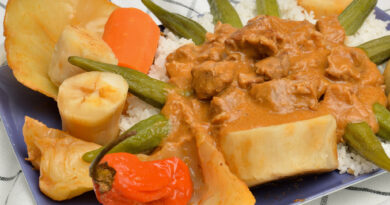Mulukhiyah
Unraveling the Culinary Treasure: Mulukhiyah – A Staple of Middle Eastern Cuisine
In the tapestry of Middle Eastern cuisine, few dishes stand out with as much historical significance and culinary richness as Mulukhiyah. Often dubbed as the “king of greens,” Mulukhiyah has a storied past and an enduring presence on tables across the region. In this deep dive into its origins, preparation, health benefits, and cultural significance, we’ll uncover why Mulukhiyah continues to captivate palates and hearts alike.
Origins and History:
The roots of Mulukhiyah can be traced back to ancient Egypt, where it was considered a symbol of prosperity and fertility. The name “Mulukhiyah” itself is derived from the Arabic word “malak,” meaning “kingly” or “regal,” underscoring its esteemed status in culinary traditions.
Originally cultivated along the banks of the Nile River, Mulukhiyah was a staple in the diet of the pharaohs and commoners alike. Its cultivation spread across the Middle East and North Africa, adapting to various regional tastes and cooking styles along the way.
Culinary Preparation:
Mulukhiyah is made from the leaves of the Corchorus plant, also known as Nalta jute or Jew’s mallow. These dark green, nutrient-rich leaves are harvested and then dried, ground, or used fresh in cooking. The resulting dish is a thick, viscous soup or stew, often likened to a gumbo in texture.
The key to Mulukhiyah’s distinctive flavor lies in its preparation. The leaves are typically cooked with a combination of aromatic herbs, spices, and sometimes meat, such as chicken, beef, or lamb. Garlic, coriander, and cumin are commonly used to enhance its earthy taste, while lemon juice adds a refreshing acidity.
Health Benefits:
Beyond its culinary appeal, Mulukhiyah boasts an impressive array of health benefits. Rich in vitamins A, C, and E, as well as calcium, iron, and antioxidants, it is hailed for its immune-boosting and anti-inflammatory properties. Its high fiber content aids digestion and promotes gut health, while its low-calorie profile makes it a nutritious option for those watching their weight.
Studies suggest that Mulukhiyah may also have anti-cancer properties, thanks to its abundant phytochemicals and flavonoids. Additionally, its iron content makes it a valuable dietary source for individuals at risk of anemia.
Cultural Significance:
Mulukhiyah transcends its culinary role to become a symbol of cultural identity and communal bonding. In many Middle Eastern households, the preparation of Mulukhiyah is a labor of love, with family members coming together to clean, chop, and cook the leaves. Its consumption is often accompanied by lively conversation and shared memories, reinforcing the ties that bind generations.
Moreover, Mulukhiyah is celebrated in festivals and traditional gatherings across the Middle East, where it serves as a centerpiece of hospitality and generosity. Its presence on the table symbolizes abundance and prosperity, inviting guests to partake in the joys of communal feasting.
Global Influence:
In recent years, Mulukhiyah has gained popularity beyond its traditional heartland, thanks to the growing interest in global cuisine and culinary diversity. Restaurants around the world are incorporating it into their menus, introducing diners to its unique flavors and textures.
Furthermore, Mulukhiyah’s reputation as a superfood has sparked interest among health-conscious consumers seeking nutritious alternatives to processed foods. Its versatility in vegetarian and vegan diets has also contributed to its appeal, making it a favorite among plant-based enthusiasts.
Conclusion:
In conclusion, Mulukhiyah stands as a testament to the enduring power of food to nourish both body and soul. Its rich history, culinary versatility, and health benefits make it a cherished part of Middle Eastern cuisine and a symbol of cultural pride.
As we savor each spoonful of Mulukhiyah, let us not only delight in its flavors but also appreciate the stories and traditions woven into its culinary tapestry. In a world where food often serves as a bridge between cultures, Mulukhiyah reminds us of the beauty and richness of our shared culinary heritage.



